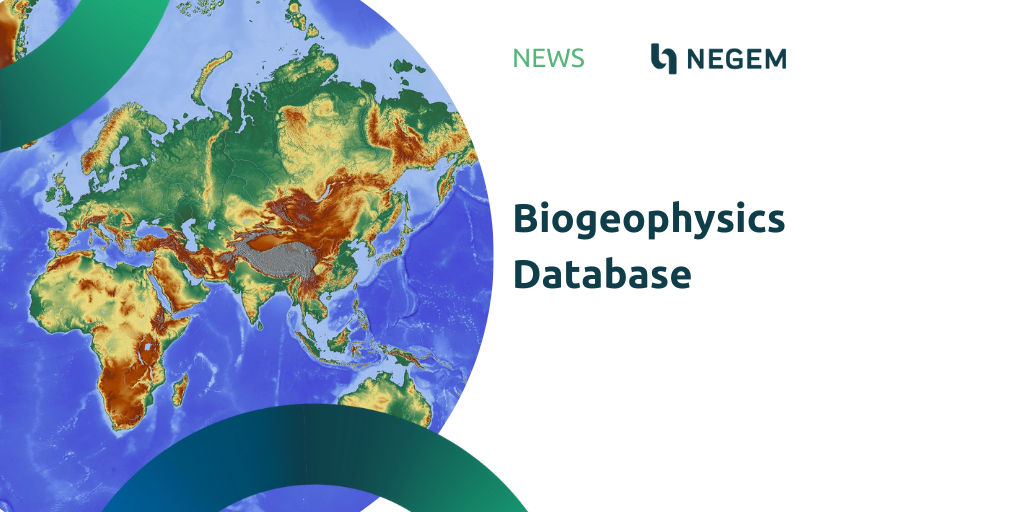As part of its NEGEM activities, Imperial College of London is developing two databases of NETPs and of biogeophysics data sources, to support mathematical analyses of different greenhouse gas removal technologies.
The biogeophysics database provides a range of different open access data sources and links to spatially indexed data on regional boundaries, climatologies, land cover and availability, soil-water balance, global ecological zones and protected areas, crop yields and irrigation requirements, mineral availability, CO2 storage availability, and other parameters. The final form of this deliverable at the end of the project will detail a comprehensive, member state-specific database of negative emissions technologies, which build on existing knowledge by scaling the costs by social license to operate.
The NETPs database features an initial set of technologies including bioenergy with CO2 capture and storage (BECCS), direct air capture and storage (DACCS), afforestation (AF), and enhanced weathering (EW). The database represents the techno-economics of different negative emission technologies using both unit and system-level data. The type of operations presented for each technology varies due to their nature and location-specific data are required for the accurate characterisation of some process. Future updates of the database may include additional negative emissions technologies.
Download:


